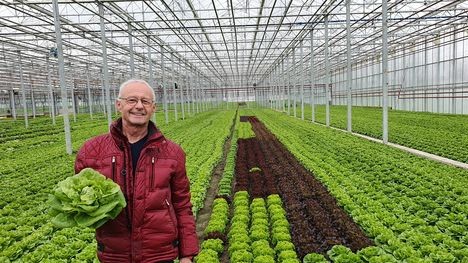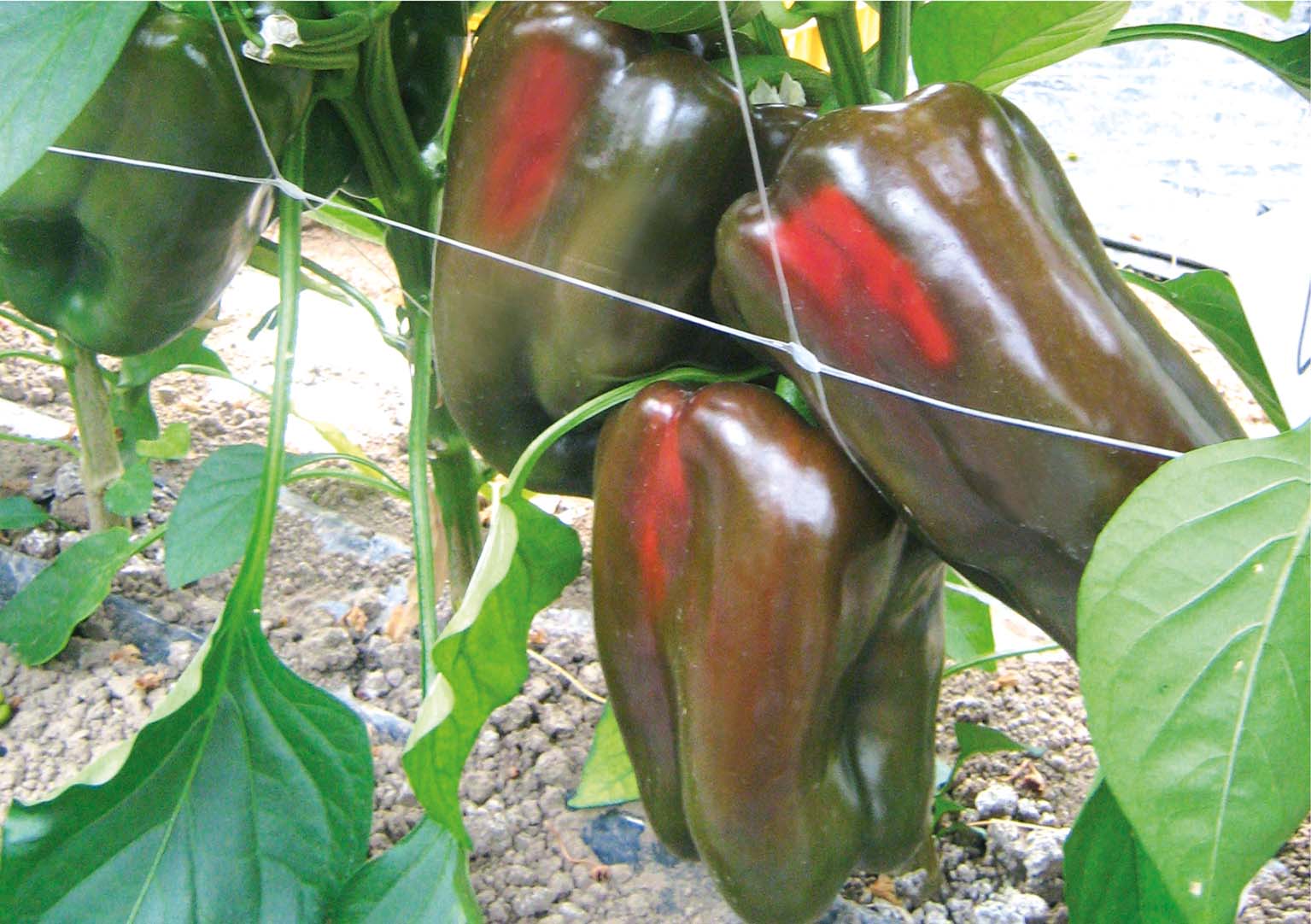#Agriculture #DesertFarming, #ydroponics #DripIrrigation #SustainableAgriculture #Innovation #FoodSecurity #ClimateChange #WaterScarcity #GreenhouseCultivation
In the heart of agricultural innovation, solutions are blooming to tackle the challenges of cultivating crops in the world’s driest regions. From historic inventions to contemporary breakthroughs, the landscape of desert agriculture is evolving rapidly. Let’s delve into the transformative technologies and strategies shaping the future of farming in arid climates.
Hydroponics, a method of growing plants without soil, has gained traction as a viable solution for cultivation in water-scarce environments. Originating from experiments in the 19th century, hydroponics has evolved into a cornerstone of modern agriculture, offering a sustainable approach to produce various crops, including salads, in regions plagued by water scarcity. Despite its promise, hydroponics faces challenges such as high costs and technological complexity.
Drip irrigation, pioneered by agronomists like Simcha Blass and Daniel Hillel, has revolutionized water management in agriculture. By delivering water and nutrients directly to plant roots, drip irrigation conserves water and enhances crop yields, particularly in arid climates with limited rainfall. With companies like Netafim and Rivulis spearheading the global adoption of drip irrigation systems, the agricultural industry is poised to mitigate the impacts of climate change and water scarcity.
In the realm of desert agriculture, RedSea LLC emerges as a beacon of innovation, offering sustainable solutions for growing crops in high-temperature environments. Led by visionary experts like Prof. Mark Tester, Prof. Derya Baran, and Dr. Ryan Lefers, RedSea leverages advancements in materials science, hydroponics, and plant genetics to cultivate crops on dead and dying aquifers. By harnessing brackish water and developing salt-tolerant rootstocks through grafting techniques, RedSea pioneers a paradigm shift in desert agriculture, paving the way for sustainable food production in the world’s hottest regions.

As the global population burgeons and concerns over food security intensify, the imperative to innovate in desert agriculture becomes paramount. By embracing technological advancements, leveraging scientific research, and fostering sustainable practices, the agricultural industry can surmount the challenges posed by climate change and water scarcity. The journey towards a resilient and sustainable food future begins with pioneering solutions that thrive amidst adversity.
The convergence of historical ingenuity and modern innovation is reshaping the landscape of desert agriculture, offering hope for sustainable food production in the face of escalating challenges. From hydroponics to drip irrigation and saltwater greenhouses, pioneering technologies are heralding a new era of resilience and abundance in arid climates. By embracing these advancements and fostering collaboration, we can cultivate a future where crops flourish even in the harshest environments, ensuring food security for generations to come.










